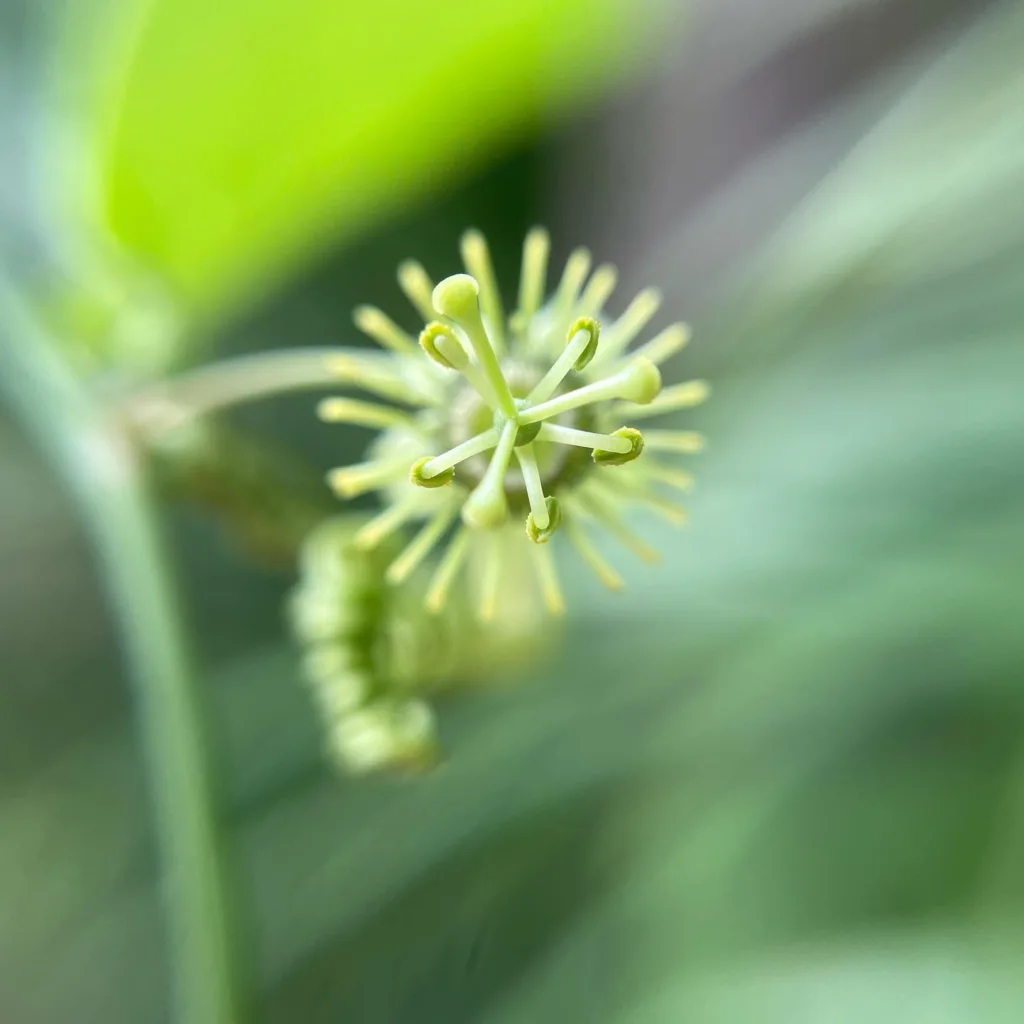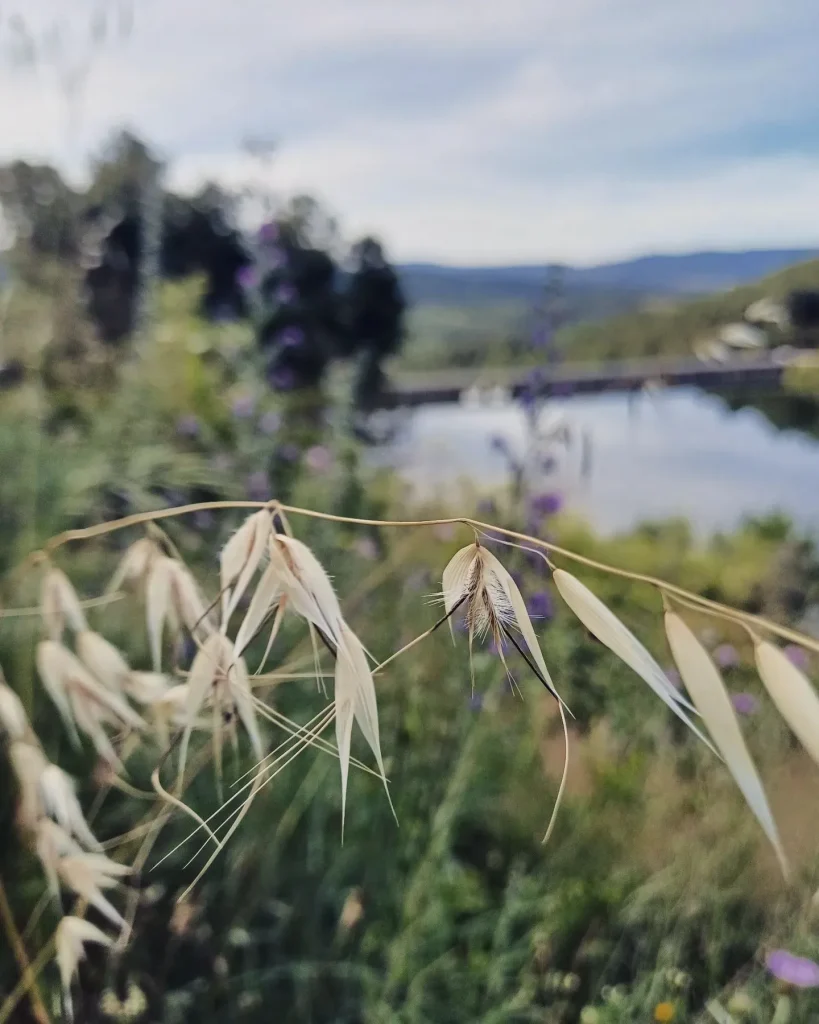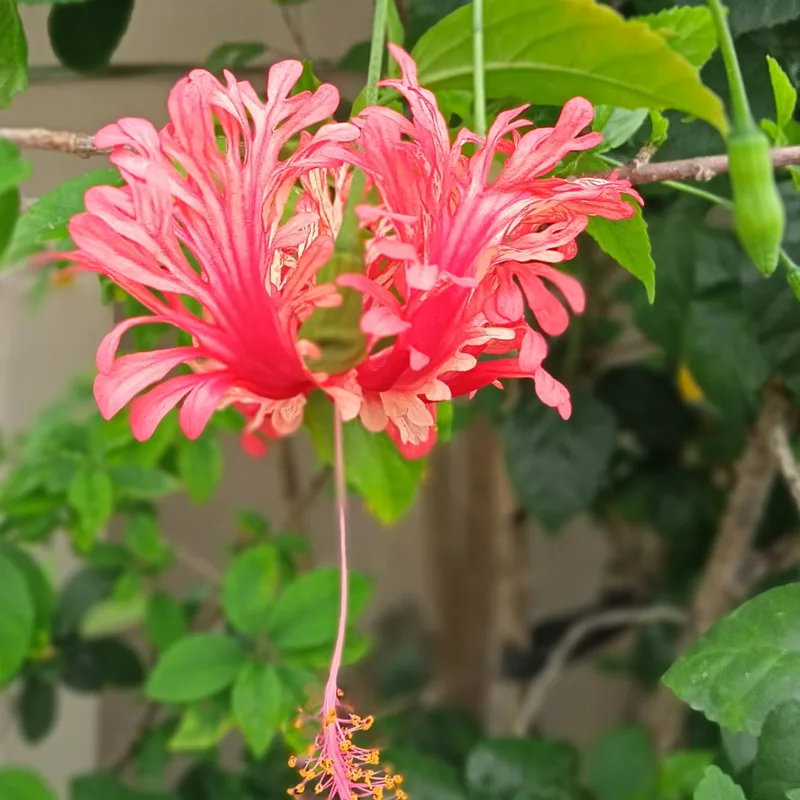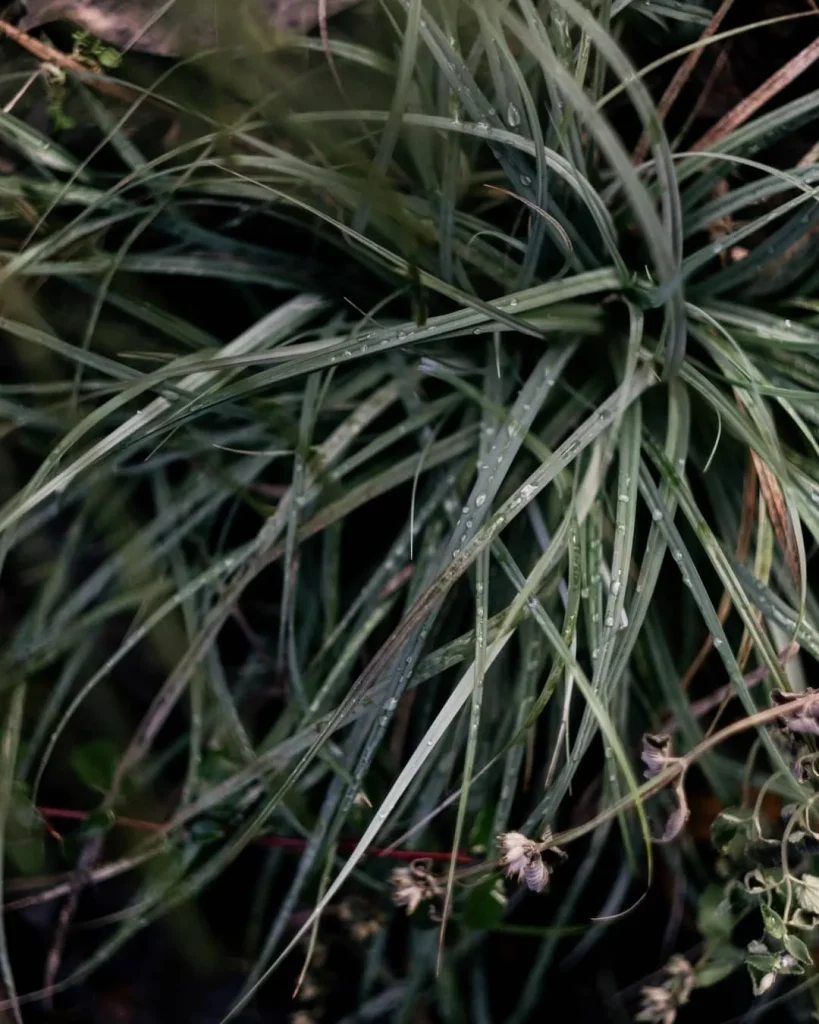What is Hoya Neocaledonica?
Hi, Ferb Vu here, and today we’re diving into the world of the Hoya Neocaledonica, a stunning vine known for its delicate features and delightful nighttime fragrance. This tropical gem is a popular choice for plant enthusiasts, and for good reason. Let’s explore everything you need to know about caring for this unique Hoya.
566 Species in Genus Hoya
Light It Up (But Not Too Much)
The Hoya Neocaledonica thrives in medium to bright indirect light. Think dappled sunlight filtering through a sheer curtain. Direct sun can scorch the leaves, so avoid placing your Hoya right next to a south-facing window. East or west-facing windows with some shade are ideal.
Tip: Rotate your Hoya periodically to ensure even growth.
Watering: The Art of Finding Balance
Like most Hoyas, the Neocaledonica prefers to dry out slightly between waterings. Overwatering is a recipe for root rot, so resist the urge to constantly drench the soil. Here’s a simple trick: stick your finger into the potting mix. If the top inch feels dry, it’s watering time. During winter, you can water even less frequently.
Remember: Use well-draining potting mix specifically formulated for cacti or succulents. This ensures excess water doesn’t pool around the roots.
Feeding Frenzy (Not Really)
The Hoya Neocaledonica isn’t a heavy feeder. A half-strength dose of liquid fertilizer during the growing season (spring and summer) is sufficient. Opt for a balanced fertilizer formulated for houseplants. Avoid over-fertilizing, as it can lead to salt buildup in the soil, harming your plant.
Temperature Talk: Finding the Sweet Spot
This tropical beauty prefers warm temperatures, ideally between 65°F (18°C) and 80°F (27°C). Avoid exposing your Hoya to sudden temperature drops or cold drafts. Consistency is key for optimal growth.
Humidity: Friend or Foe?
While the Hoya Neocaledonica appreciates moderate humidity, it’s not overly fussy. Average household humidity levels will suffice. If your home leans towards the dry side, you can group your Hoya with other plants to create a mini humid microclimate. Alternatively, a pebble tray filled with water placed near the plant can provide some extra moisture.
Pro Tip: Avoid misting the leaves directly, as this can promote fungal diseases.
Pruning for Perfection (Optional)
Pruning isn’t essential for the Hoya Neocaledonica, but it can encourage bushier growth and stimulate flower production. If you choose to prune, use sterilized pruning shears and make clean cuts just above a node (the bump where a new leaf or stem emerges). Pruning can be done anytime throughout the year, but spring is a popular choice.
The Nighttime Spectacle: Flowers and Fragrance
The true magic of the Hoya Neocaledonica unfolds at night. This Hoya produces clusters of star-shaped flowers in shades of buttery yellow with a pink-centered corona. But the real showstopper is the fragrance. The blooms release a sweet, pleasant aroma, especially during the evening hours.
Be Patient: Keep in mind that young Hoyas might take a while to mature and flower. Just provide proper care, and your patience will be rewarded with a fragrant floral display.
Common Concerns and How to Handle Them
Mealybugs: These tiny white sap-sucking insects can infest your Hoya. Treat them with insecticidal soap or neem oil spray.
Scale: These hard-shelled insects also feed on plant sap. Isolate the plant and use horticultural oil to smother the scale.
Yellowing Leaves: This can be caused by underwatering, overwatering, or lack of light. Adjust your watering routine and check the light conditions.
Similarities and Differences: Hoya Neocaledonica vs. Hoya Australis
Both the Hoya Neocaledonica and Hoya Australis are stunning Hoyas with similar care requirements. Here’s a quick breakdown of their similarities and differences:
- Similarities: Both prefer bright indirect light, well-draining soil, and warm temperatures. They are also relatively low-maintenance plants.
- Differences: The Hoya Neocaledonica has thinner, rounder leaves with a splash variegation, while the Hoya Australis boasts thicker, oval-shaped leaves. The flowers of the Hoya Australis are typically a deeper yellow compared to the Neocaledonica’s buttery yellow blooms.
Ultimately, the choice between these two Hoyas comes down to personal preference.
Conclusion: The Allure of the Hoya Neocaledonica
With its delicate beauty, delightful fragrance, and easy-going nature, the Hoya Neocaledonica is a true gem for plant enthusiasts of all levels. Whether you’re a seasoned gardener or a complete newbie, this Hoya is sure to thrive with minimal fuss. So, if you’re looking for a unique and captivating plant that adds a touch of the tropics to your indoor space, look no further than the Hoya Neocaledonica. With a little TLC, you’ll be rewarded with a healthy, flowering Hoya that not only looks stunning but also fills your evenings with a delightful fragrance. Happy planting!
If i die, water my plants!



